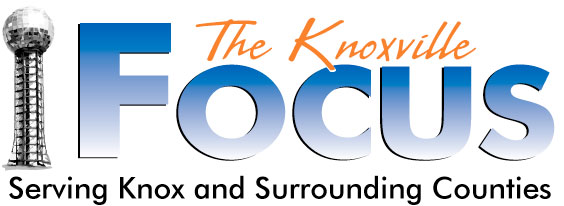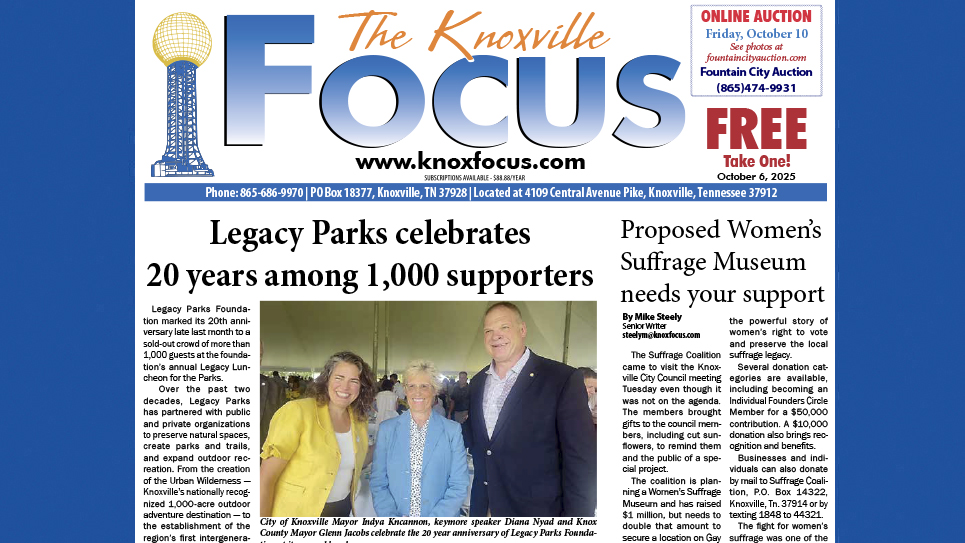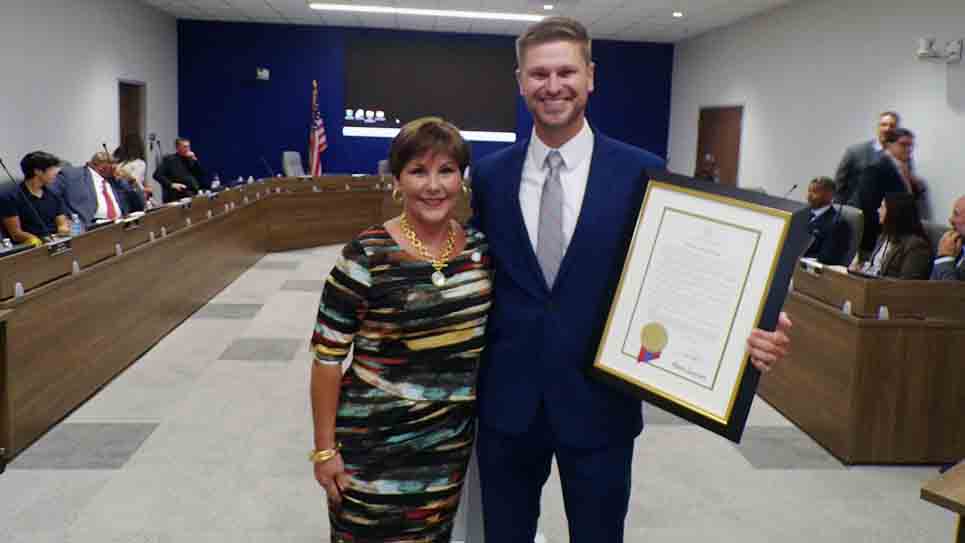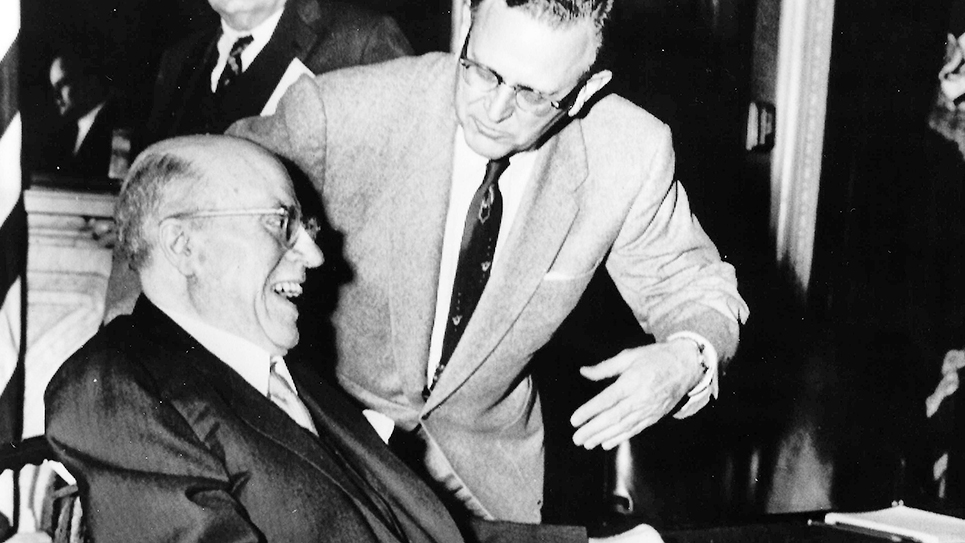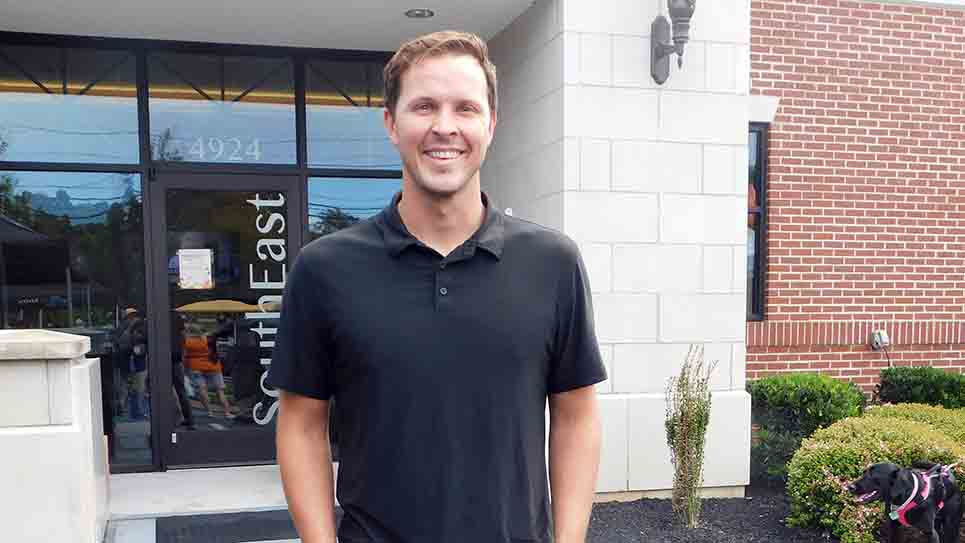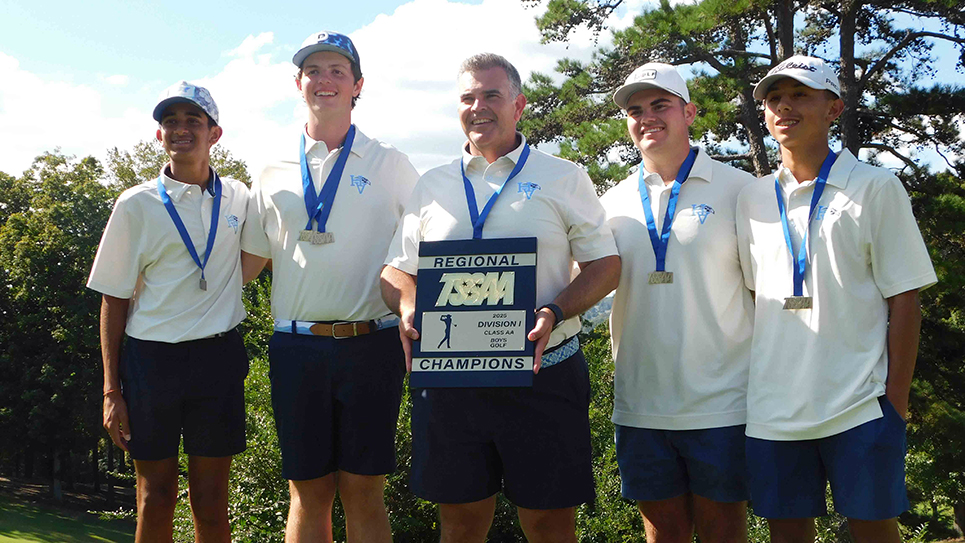‘A sackful of gimmicks and a burning desire to succeed’
By Tom Mattingly
AUTHOR’S NOTE FOR PERSPECTIVE: This story was first written on June 12, 2007, after news broke a day earlier that Ray Mears (Nov. 8, 1926-June 11, 2007) had died in Knoxville. Much like Elvis and Col. Parker, Mears and Vol broadcaster John Ward were indeed kindred spirits. They brought excitement to Tennessee basketball at the Armory Fieldhouse and Stokely Center and made Tennessee basketball a “can’t miss” proposition. The Vols were 4-19 in 1961-62 before Mears arrived in Knoxville. The Mears Era finished in 1976-77 with a 22-6 record and three SEC titles overall. Even though it’s been more than 18 years since Ray died, memories of his tenure cast a long shadow over Big Orange Country. There are times a man defines the moment and the moment defines the man. That man was Ray Mears.
ONE MAN’S THOUGHTS ON THE LIFE AND TIMES OF RAY MEARS: When the news came of Ray Mears’ death June 11, 2007, it brought Ray’s tenure at Tennessee into clear perspective.
Mears rolled into town in the spring of 1962, a few months past his 35th birthday, fresh off a national championship a year earlier at Wittenberg (Ohio) College. He brought a sackful of gimmicks and a burning desire to succeed.
When he arrived, the Vols were playing in the rarely filled 7,500-seat Armory Fieldhouse. Four years later, the Vols opened the 12,700-seat Stokely Athletics Center, an expanded version of the Armory. The success of the Mears program ultimately led to the reality of Thompson-Boling Arena.
Ray Mears had an indomitable spirit. There wouldn’t be the appellation “Big Orange Country” without his promotional genius. Vol hoops were a “happening,” becoming the hottest ticket in town.
Mears pioneered the “Long Walk” at Vanderbilt, coming from the dressing room to the team bench during a second half timeout in a late 1960s freshman game. His appearance enraged Vanderbilt partisans and thus inspired the Vol rookies, who caught fire and came from behind to win that night, as did the varsity.
In his coaching career at Tennessee, Mears had his own brand of “Memorial Magic.” Mears’ teams were 20-10 against the Commodores, 9-6 in Memorial Gym, to go with an 11-4 mark in Knoxville.
The Vols swept Kentucky in that first season and went on to play Adolph Rupp and Joe B. Hall to a 15-15 deadlock. Led by New Yorkers Ernie Grunfeld and Bernard King, the Vols won their last contest at Memorial Coliseum and their first at Rupp Arena, winning five of the last six games in the series overall.
Mears showed up at Knoxville’s Holston High School one night in the winter of 1965 to watch future Vols Jim England and Fulton High’s Billy Justus square off before a packed house. There wasn’t a seat to be had, but when Mears entered, wearing an orange blazer, the waters parted, and he found a seat in the Holston student section. The man knew how to make an entrance.
At home games, the Vols were introduced with the house lights dimmed, a spotlight focused on a large Big Orange “T.”
There was a special section called the “Orange Tie Club.” The Vols performed pre-game warm-ups to the strains of “Sweet Georgia Brown.”
Little-used players such as Roger Peltz and Bill Seale juggled basketballs while riding unicycles. There were life-size pictures of the Vol players in the ticket lobby.
The pep band marched around – yes, around – the playing floor when it made its pre-game entrance into the arena.
Mears’ 1965-66 Tennessee team inflicted a regular-season ending 69-62 loss on a previously undefeated Kentucky team known as “Rupp’s Runts.”
The game was played a week after the two teams had played in Lexington. Mears had shown up in a brown suit, Rupp’s trademark game attire. Only much later did anyone find out how Mears’ attire had enraged the “Baron of the Bluegrass.” The two became close friends later in Rupp’s career.
Mears led the Vols to the SEC title a year later, rolling the dice with senior Ron Widby, junior Tom Hendrix, sophomore guards Billy Hann and Justus, and an untested junior post player from Independence, Ohio, 7-0 Tom Boerwinkle. It was Ray’s best coaching job, and that’s saying a great deal.
Mears gradually changed from his deliberate, defense-oriented style to a run-and-gun attack that saw the Vols’ points per game average rise each year.
The night of Feb. 15, 1975, Tennessee and Kentucky played one of the all-time classic games at Stokely Center. Tennessee won 103-98. Stokely Center had never been louder.
You can get in a lot of trouble comparing coaches across the generations, but suffice it to say that when the definitive history of University of Tennessee basketball is written, the name of Ramon Asa Mears will be near the top of the list for what he accomplished when his name was called.
Give Mears credit for putting the “Big” and the “Orange” in “Big Orange Country.”
